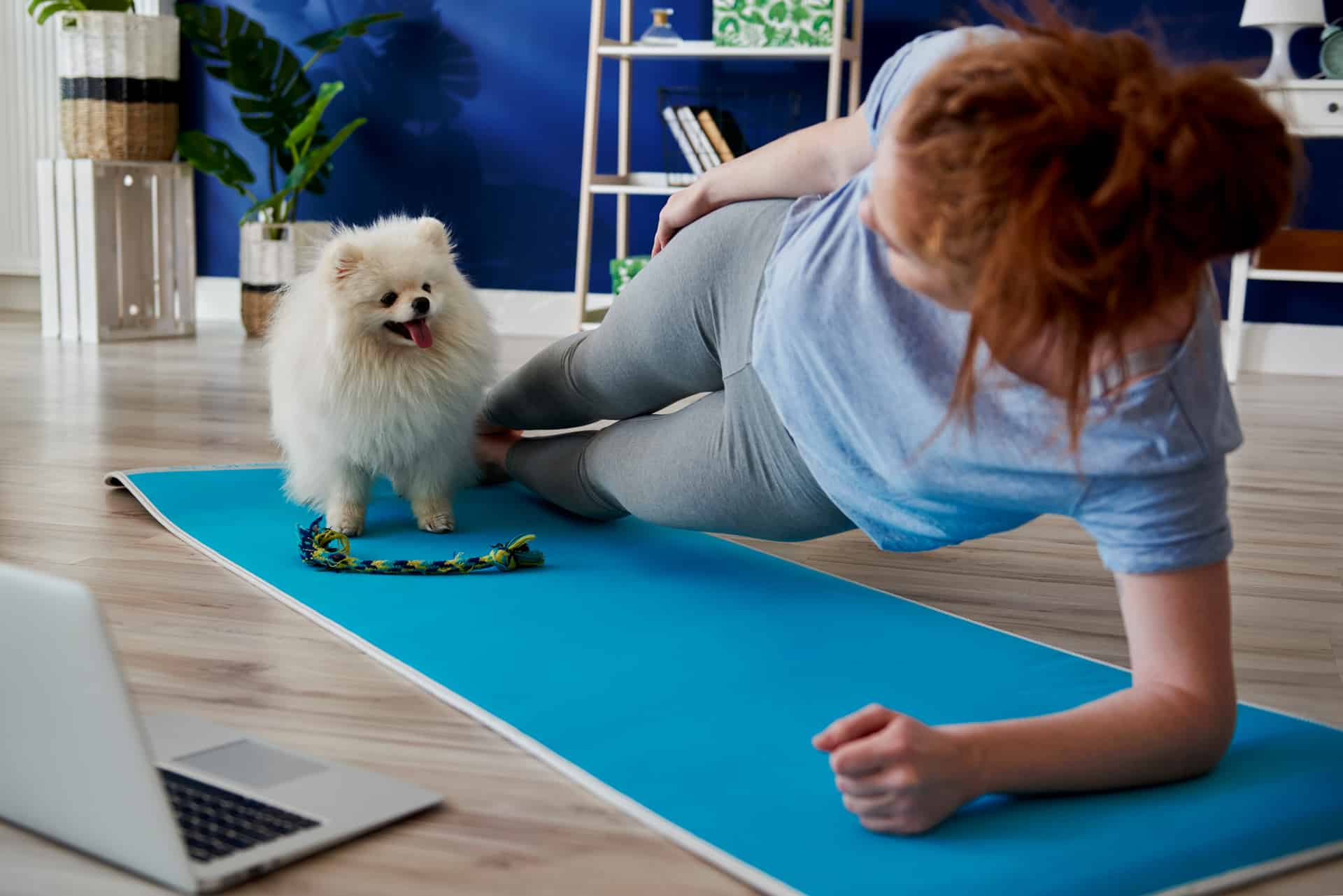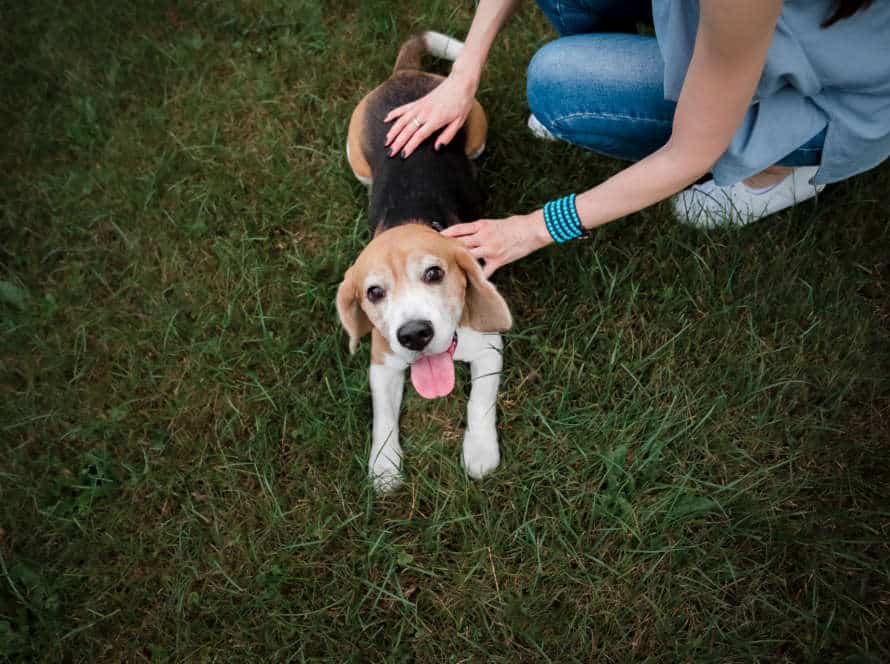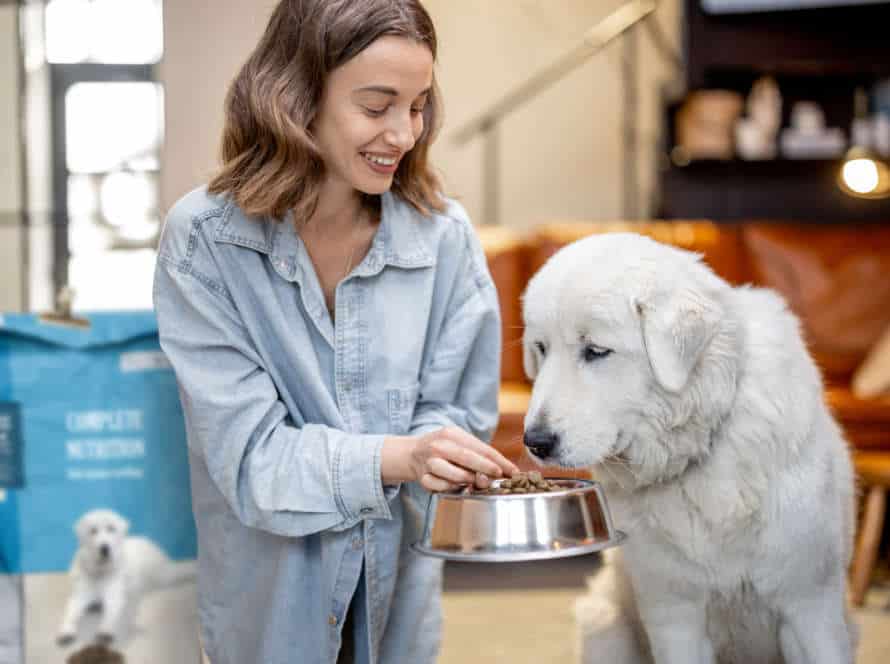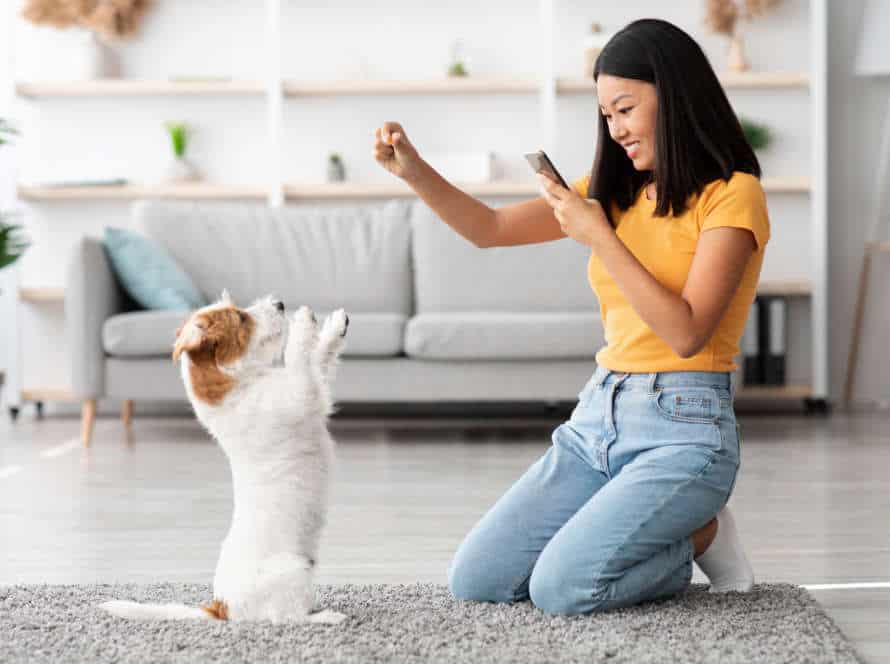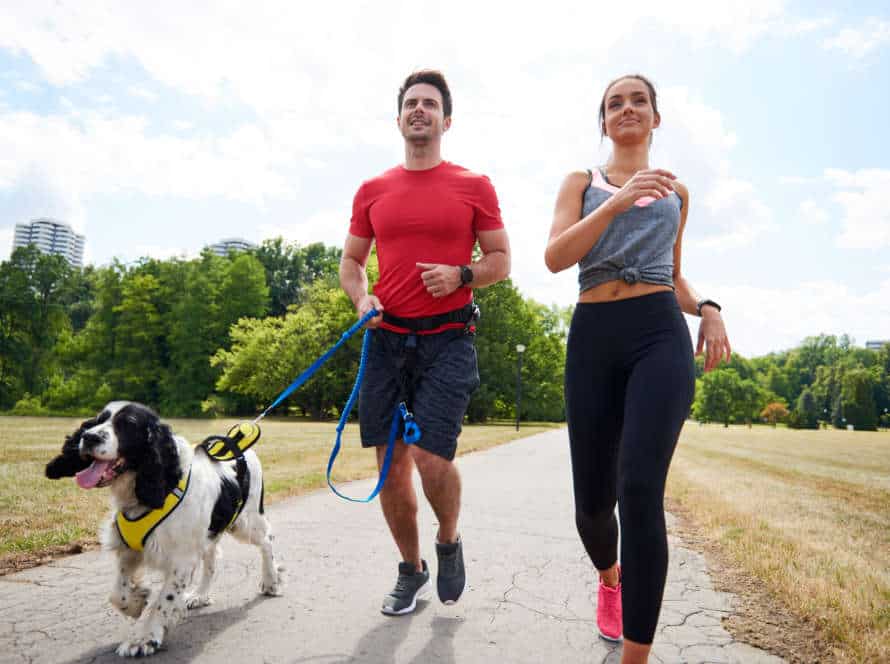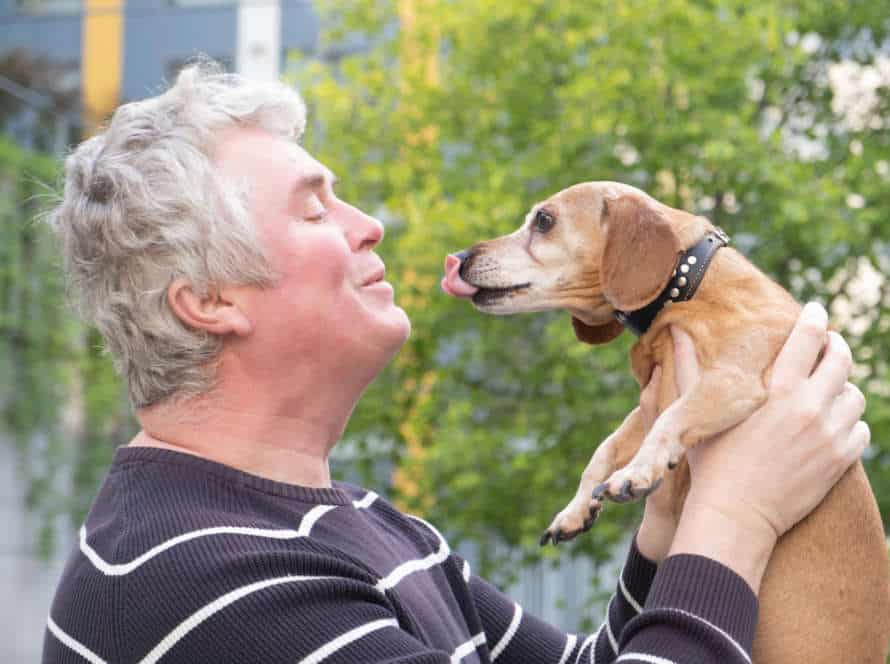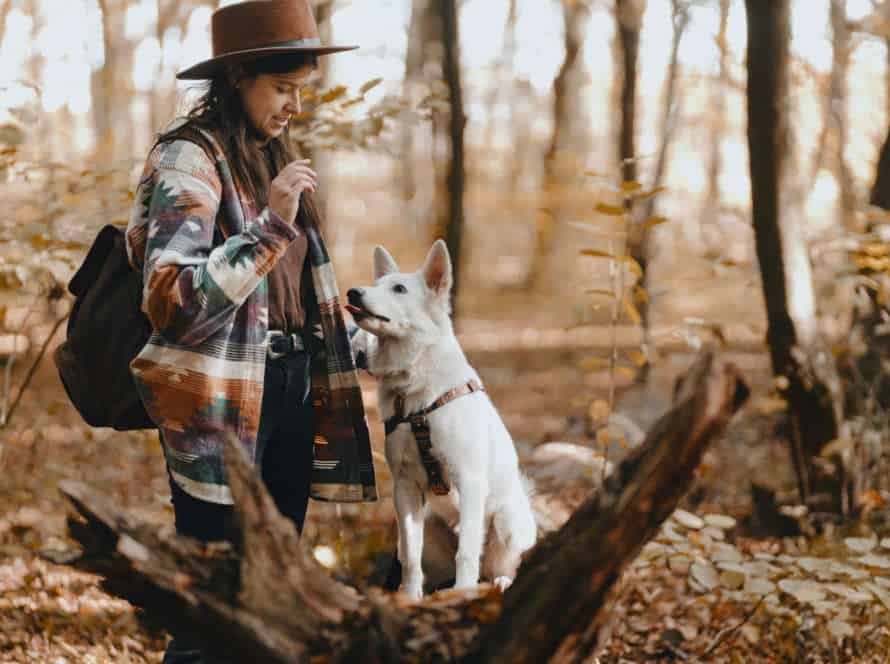Prioritizing Exercise: A Guide for Busy Dog Owners
Owning a pup can be tough when it comes to exercising them. But it’s important for their overall health. Here are some tips to help you out:
- Schedule times for workouts like morning walks, midday play, and evening jogs.
- Do your daily activities with your dog – like grocery shopping and gardening.
- Look for activities that involve both of you, such as fetch or hiking.
- Hire a dog walker or enroll your pet in daycare if you can’t exercise them.
Remember, exercise can stimulate your pup’s mind and help avoid behavior issues. So make sure to prioritize it!
Understanding the importance of exercise for your dog
Exercise is a must for your pup’s health! It keeps ’em fit and sharp mentally. It also helps in avoiding behavioral issues. But which type of exercise is ideal for your pup? Busy dog owners, have no fear – let’s look into the importance of exercise!
The benefits of exercise for dogs
Exercising is real important for doggos! It keeps them physically and mentally well. Benefits include: better heart health, strong bones and muscles, proper weight, and chill vibes. Here’s more:
- Improved Socialization: Walks and outdoor time let your pup explore new stuff and help them make friends.
- Less Behavioral Issues: Exercise lets them release their energy and keep brains busy, which stops bad behavior.
- Better Digestion: Exercise helps digestion, reducing tummy troubles.
If you’re a busy pup parent, you can fit exercise into the schedule with walks, puzzles, and interactive games. Plus, exercise keeps your pup healthy and strengthens the bond too!
The consequences of lack of exercise
A lack of exercise has serious impacts on both humans and dogs. Without enough exercise, dogs can suffer from many health and behavioural issues.
- Physical Effects: These include obesity, muscle loss, joint problems, and even heart disease. Obesity can lead to other medical problems and reduce life expectancy.
- Behavioural Effects: Un-exercised dogs become destructive, bark, whine and become aggressive. They can become anxious, bored and depressed too.
It’s important for owners of busy dogs to make exercise a part of their daily routine. Start with short walks or indoor play sessions and increase intensity and duration over time. Enough physical and mental stimulation will help keep your pup happy, healthy and well-behaved.
Common exercise-related problems in dogs
Exercise is essential for a pup’s physical and mental well-being. But, there are a few common issues related to exercise that owners should know about.
Things like:
- Over-exertion: Dogs can easily tire themselves out and become too hot or dehydrated. This can be very dangerous, or even deadly, if not treated.
- Injuries: High-impact activities, like jumping or running, can hurt their joints, bones, and muscles.
- Obesity: No exercise leads to obesity in dogs, which can cause loads of health troubles.
- Boredom: Not enough exercise and stimulation can make pups bored and cause destructive behavior.
As an owner, you should prioritize exercise for your pup. Take them for walks, play, and other activities. Monitor their activity and behavior to avoid any issues. And, plan ahead for exercise activities so it’s part of your routine and a fun day.
Types of Exercise Options for Busy Owners
Busy dog owners, take heed! It’s vital to prioritize exercise for your pup to keep them hale and hearty. But with all the activity options, what to choose? This article’s here to help. We’ll outline different exercise options for busy dog owners, so you can pick the best for your pup.
Brief walks/runs
Busy dog owners with little time to exercise have the perfect solution: brief walks and runs! Here’s how to get started:
- Instead of one long walk, schedule several shorter ones throughout the day.
- As your pup gets used to the routine, increase intensity and duration.
- Interval training is a great way to keep the heart rate up – alternate between fast runs and slower walks.
- Use a harness instead of a collar to reduce neck and throat injury risk.
- After each session, stretch your pup’s legs, neck and spine to avoid muscle soreness.
Remember: regular walks and runs not only keep your pup healthy, but also promote mental wellbeing and create bonding opportunities.
Playtime
Playtime is a must for a pup’s exercise. It gives mental and physical stimulation. Variety in playtime keeps them engaged and cheery. Here are some exercise options for busy pet owners:
- Fetch – Throw a ball or toy for pup to bring back. Great exercise and bonding activity.
- Tug of war – Build pup’s strength. Also fun.
- Agility training – Use cones, jumps, and tunnels. Create an obstacle course for pup to run through.
- Hide-and-seek – Hide treats or toys. Let pup find them.
- Walk or jog – Take pup for a walk or jog around the area.
Exercising pup is tough with a full timetable. But making it a priority will bring healthier and happier lives for both you and your pet.
Puzzle toys
Puzzle toys are a fab way to give dogs mental stimulation and exercise, even when owners are busy or away.
Types of puzzle toys:
- Treat-dispensing toys – these have hidden compartments with treats.
- Puzzle feeders – these require dogs to solve puzzles to get their food, slowing down fast eaters and giving mental stimulation.
- Interactive toys – these are for owners to play with their pups, for bonding and exercise.
- Scent toys – these have hidden pockets or compartments for owners to hide treats or scents, and get dogs to sniff them out.
When choosing, consider your dog’s age, size, and interests. Don’t forget to supervise playtime, and pick toys made from safe, durable materials.
Creating a Exercise Schedule
Busy dog owners, take note! Exercise is key for your pup’s health and joy. Here’s the guide on creating a regular routine. Find out how much your pup needs, plus the benefits of prioritizing exercise. Let’s get started!
Finding your dog’s optimal exercise frequency
Creating a good exercise routine for your pup is essential for their well-being. Busy owners in particular should prioritize exercise. Here’s how to do it:
- Determine your pup’s needs based on breed, age and health.
- Plan activities like walks, runs, play and training sessions.
- Prioritize quality over quantity. A short yet intense session is better than a long but sluggish one.
- Be consistent, but be flexible if your schedule changes.
- Pay attention to body language and adjust the frequency.
- Pro Tip: Stimulate your pup’s mind with puzzles and obedience exercises, in addition to physical activity.
Time management strategies for busy dog owners
As a busy pup parent, managing your time is key for giving your furry friend the attention they need. Create an exercise schedule and prioritize their routine to make it easier. Here are some tips:
- Figure out what exercises they need.
- See when you have time to fit in daily sessions.
- Look into outdoor and indoor activities, like dog parks and in-home exercises.
- Stay consistent with the schedule.
- Remember, staying healthy is important for their well-being.
- Establishing a routine will help your pup get the attention they need without taking away from your schedule.
Pro tip: Use a calendar or reminder app to organize their exercise routine. This will keep you on track and help you avoid any last-minute rushes.
Factors to consider while designing a schedule
Designing a busy dog owner’s exercise schedule requires certain considerations to guarantee it is effective and the pup gets the necessary physical activity for good health and behaviour.
Contemplate:
- The pup’s age and breed. Different breeds have various physical needs, and older canines may not manage the same level of activity as the younger ones.
- Owner’s availability. The schedule should match the owner’s daily commitments.
- Dog’s fitness level. If the pup is not used to regular exercise, the schedule must be created to increase the intensity and duration of the activity gradually.
- Kind of exercise. Include a mix of aerobic, strength-building and mental stimulation exercises.
- Location and environment. Take into account the terrain, weather, and other environmental factors.
Pro Tip: Get advice from a vet or dog trainer for the best exercise schedule for your pup’s particular needs.
Making Exercise fun for your Dog
Exercising your pup isn’t just great for their health, it’s also a wonderful way to bond and keep them entertained! Moreover, when done right, it can make a big positive difference to their behaviour.
Here are some tips to help make exercise with your dog more enjoyable and stimulating:
Incorporating the right mix of exercises
To keep your pup fit, healthy, and happy, the right exercise mix is a must. Here are a few ideas:
- Walking: Take regular strolls around the ‘hood or park to give them physical and mental workout.
- Running: High-energy dogs need more intense exercise? Running or jogging can help!
- Fetch: Play fetch to promote exercise and bond with your dog.
- Tug-of-War: This game is good to release energy. Always play it safe with clear rules.
- Swimming: If your dog loves water, swimming is an awesome low-impact exercise.
- Agility Training: Develop coordination, strength and bond with agility training.
Exercise isn’t just about health. It creates a happier life for both you and your pup!
Incorporating training exercises
Include training activities in your pup’s exercise plan! It’ll be enjoyable for both you and your furry comrade. Here’re some to try:
- Hide-and-Seek: Place treats or your pooch’s favorite toy around the home or yard. Then, guide them to find it by following your scent or vocal hints.
- Fetch with Training: Teach your pup to grab special items, like slippers or a paper, and reward them with treats or snuggles.
- Agility Training: Construct an agility course in your outdoor space using obstacles, like cones and tunnels. Train your pup to hop across the course.
- Obedience Training: Add obedience instructions like “sit,” “stay,” and “come” in daily workouts. This’ll challenge their brain and solidify your bond.
Pro Tip: Training exercises not only exercise your pup’s body but also stimulate their mind, refine their behavior, and strengthen the connection between you two.
Avoiding monotony and keeping your dog motivated
Dogs love to work out, but it can get boring fast. So, keep your pup motivated by changing things up regularly. Here are some tips for keeping it interesting:
- Play fetch – Dogs love chasing and fetching!
- Take a swim – Swimming is a great exercise that keeps your dog cool.
- Socialize during walks – A walk is a great way to bond and meet other pups.
- Let your dog sniff – Sniffing is a great mental exercise.
- Change the scenery – Different routes can be exciting for your pup.
Remember, exercising with your pup is important for both their physical and mental health. Prioritize it and make it fun! Pro-tip: Always bring water and treats for your pup.
Safety Considerations While Exercising a Dog
Safety is of the utmost importance when it comes to exercising our beloved pooches. Even if you consider yourself a pro, there are still numerous things to take into account. From environmental risks like cars and bad weather, to the potential physical harm of too much exercise – we must stay mindful of the possible consequences, and how to avoid them.
Let’s look into the essential safety precautions that all dog owners should have in mind when getting their pup active.
Understanding your dog’s exercise limits
Prioritizing exercise for your pup is key. Before beginning, understand their limits and needs. Age, breed, health, and fitness level all affect this. Start slow, gradually increasing intensity and duration.
Safety comes first! Have a warm-up and cool-down. Avoid hot weather and carry water. Watch for signs of exhaustion. Avoid high-impact exercises for older or arthritic dogs.
It can be hard to find time, but regular, short exercise sessions will keep your pup healthy and happy.
Keeping your dog safe during exercise
Safety should be a priority for pet owners, especially those with busy lives. Consider these tips to keep your pup safe when exercising:
- Be aware of weather conditions, especially on hot or humid days, and avoid exercising in direct sunlight.
- Keep an eye on your dog’s behavior and energy levels, and adjust exercise intensity and duration accordingly.
- Make use of a leash and collar/harness to ensure your pup doesn’t do anything dangerous.
- Carry water and a collapsible bowl to give your pup hydration breaks while exercising.
- Before starting a new exercise routine, consult with your vet, particularly if your pup has any health issues.
Knowing how to react to an emergency situation
When an emergency arises, it’s vital to remain cool and think fast.
To stop any emergencies during dog walks, consider the following tips:
- Know your pup’s capabilities and don’t overwork them.
- Keep your four-legged friend leashed, to keep them away from hazardous areas and roads.
- Take a bowl and water to keep doggo hydrated.
- Avoid taking them out when the weather is too intense.
- Observe your pup for any signs of exhaustion, heat-stroke, or distress. Take a break when needed.
- Carry a first-aid kit and know how to manage minor injuries like sprains and cuts.
By following these safety tips, you can guarantee a pleasant and safe exercise session for you and your pup.
Conclusion and Additional Resources.
To finish, it is key to prioritize exercise for your pooch. A jam-packed schedule should not be an obstacle to let your pup’s exercise slip away. Even if you just have twenty to thirty minutes a day, it can have a big effect on your dog’s general well-being. From integrating activity into your daily routine to discovering new activities, there are many ways to keep your pup in motion.
Here are some other resources for busy dog owners looking to prioritize exercise:
- The American Kennel Club’s – “10 Fun Exercises You Can Do With Your Dog“
- Rover.com’s – “The Importance of Exercise for Dogs: A Guide“
- Cesar’s Way’s – “Top 10 Ways to Exercise Your Dog Indoors“
Pro tip: Speak to your vet before beginning a new exercise routine with your dog. They can help you decide what activities are best suited to your dog’s breed, age, and health condition.
Frequently Asked Questions
Q: Why is it important to prioritize exercise for my dog?
A: Regular exercise is essential for a dog’s physical and mental well-being. It helps maintain a healthy weight, reduces the risk of health problems, promotes socialization and improves behavior.
Q: How much exercise does my dog need?
A: The amount of exercise your dog needs depends on its breed, age, size, and health. As a general rule, dogs should get at least 30 minutes of moderate intensity exercise each day.
Q: What are some fun ways to exercise my dog?
A: There are many fun ways to exercise your dog, including walking, running, hiking, swimming, playing fetch, and participating in agility or obedience training.
Q: I’m a busy dog owner. How can I find time to exercise my dog?
A: It can be challenging to find time for exercise, but it’s essential. Prioritizing exercise may require adjusting your schedule, waking up earlier, or asking for help from a dog walker or friend.
Q: How can I ensure that my dog stays safe during exercise?
A: Make sure to check with your veterinarian to make sure your dog is healthy enough for exercise. Always keep your dog on a leash when walking or hiking, and avoid exercising in extreme weather conditions. Bring water and watch for signs of exhaustion or injury.
Q: What if my dog doesn’t seem interested in exercising?
A: If your dog isn’t interested in exercise, try different activities or toys to find something your dog enjoys. Start with short sessions and gradually increase the length and intensity of the exercise. Consult with a veterinarian if your dog continues to show disinterest.

